On April 8, a thin band of North America, Canada, Mexico will be in the path of totality for the 2024 Solar Eclipse, and you probably don't want to use your iPhone to capture it. Here's how you can snag some pictures of the event without ruining your equipment.
As the 2024 solar eclipse approaches, you may be interested in capturing this rare astronomical event through photography. The eclipse offers a unique opportunity to witness the moon briefly blocking the sun — and if you're in the path of totality, it's even more stunning.
If you love astronomy, capturing a solar eclipse photo is the perfect way to remember such a rare event. All you'll need is a few tools at your disposal and a little bit of practice.
We're going to lead with this, though. You can use your iPhone with some added gear, but you probably don't want to.
Safety first — no, seriously.
The first thing you'll want to do before you even think about taking up solar photography is get yourself a set of ISO 12312-2-certified solar viewing glasses. This is non-optional.
According to the National Institutes of Health, viewing the sun without eye protection can result in solar retinopathy, in which the retina is burned and even potentially scarred. While this is only a temporary — and very painful — experience for many, it can result in permanent vision loss.
Fortunately, there's no shortage of certified safe solar viewing glasses available on the Internet, so you should definitely pick up a pair — or several!
Solar photography with a traditional digital camera
As tempting as it may be to take your favorite camera out and point it directly at the sun, we suggest you don't do that. Cameras comprise an array of delicate sensors, many of which can be easily damaged or destroyed by the sun.
Fortunately, solar filters are available for your camera. Which filter you'll need depends on your camera lens, so we suggest doing some research.
Once you have the appropriate filter, try to get outside a few sunny days before the eclipse and begin practicing your skills.
NASA suggests DSLR photographers start with a fixed aperture of f/8 to f/16 and trying shutter speeds between 1/1000 and 1/4 seconds to see what works best for your camera.
Once totality hits — if you're lucky enough to be in the path — you can remove your filter and shoot without it. Totality only lasts a few minutes, so you'll want to be prepared. Once it's over, your solar filter goes right back on.
Solar photography with an iPhone
If your goal is to take some award-winning photos of the eclipse with your iPhone, you'll want to temper your expectations. If you've ever tried to take a picture of the moon, only to be disappointed at the tiny white blob on your screen, you already know what will probably happen when you photograph the sun.
That doesn't mean that you should give up your dreams of capturing the eclipse on April 8 As NASA points out, there are a couple of routes you can take.
Like many things, it's really up to how much time and money you're willing to invest.
The first option is to focus less on the sun and more on the day's activities. NASA suggests setting up your phone on a tripod and taking a time-lapse of the eclipse. This is a great way to capture the otherworldly feel of the eclipse without needing any fancy extras.
Shadows, too, do something interesting during the eclipse, and capturing those can lead to some great photographs.
Of course, there's still a chance you'll want to photograph the sun directly. If so, you'll need to pick up three items.
The first is a zoom lens attachment in the 12x to 18x range — these are usually marketed as the type of lenses birders use for photographing wildlife. Digital zoom isn't going to cut it when photographing the sun, so this buy is non-optional.
If you're looking for a lens to get you started, Apexel offers an 18x 4-in-1 Telephoto lens kit that includes a couple of extra lenses and a tripod for $30.99.
If you want to go with even more zoom, Apexel offers a 20-40x telephoto lens kit that includes a tripod and universal phone mount and it's available for $45.99.
The second item you'll want to grab is a solar filter for your lens. Not every zoom lens for the iPhone has swappable filters, but some do. If yours doesn't, you can get a filter you simply hold before the lens, which can work in a pinch.
The last item is a tripod. When working so zoomed in, any bump or jostle you make will ruin what could have been a great photo. We suggest snagging a tripod that allows for a fair amount of fine-tuning so you can set up the perfect shot without much issue.
Once you've got those items, it's time to practice. We suggest practicing solar and lunar photography a few days before the eclipse as you'll only have a few minutes to snag your shot.
When photographing the solar eclipse, you can certainly use Apple's built-in Camera app. However, we suggest something more like Halide, which gives you easier access to settings you'll need to retool to get the perfect shot.
General tips for solar photography
Practice makes perfect! Don't wait until the day of the eclipse to begin honing your new skills. It's always a smart idea to practice using the equipment, settings, and apps you plan to use on that day.
Don't limit yourself to only photographing the sun. Some of the most striking solar photography you'll see after the eclipse won't even center the eclipse itself. Otherworldly shadows and awed onlookers can make for fantastic subjects for photos.
 Amber Neely
Amber Neely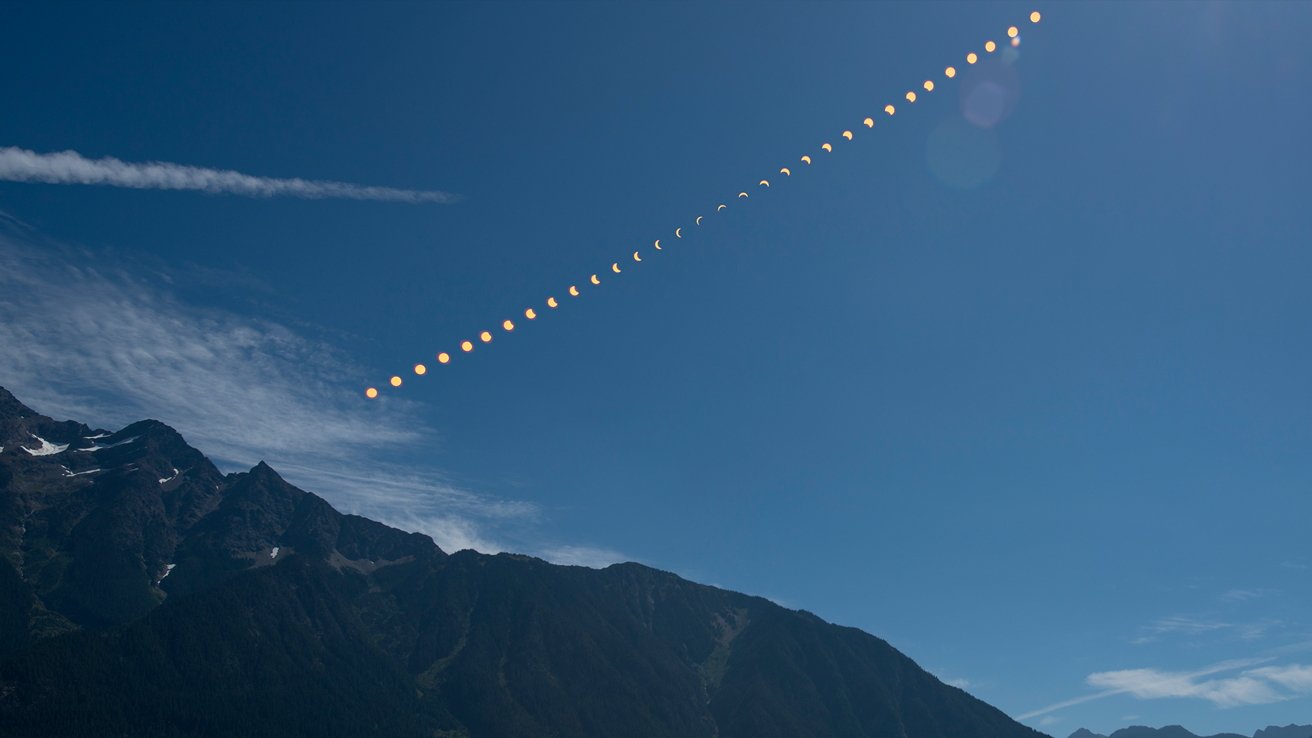
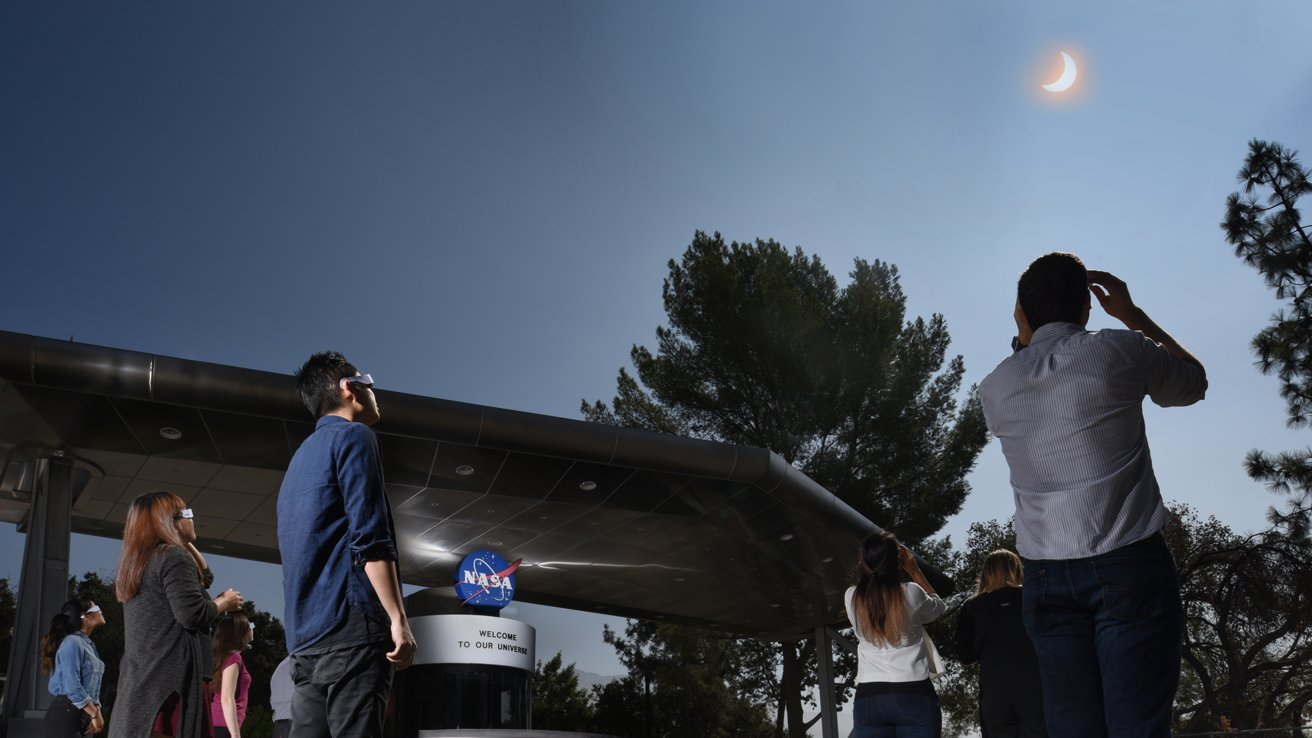
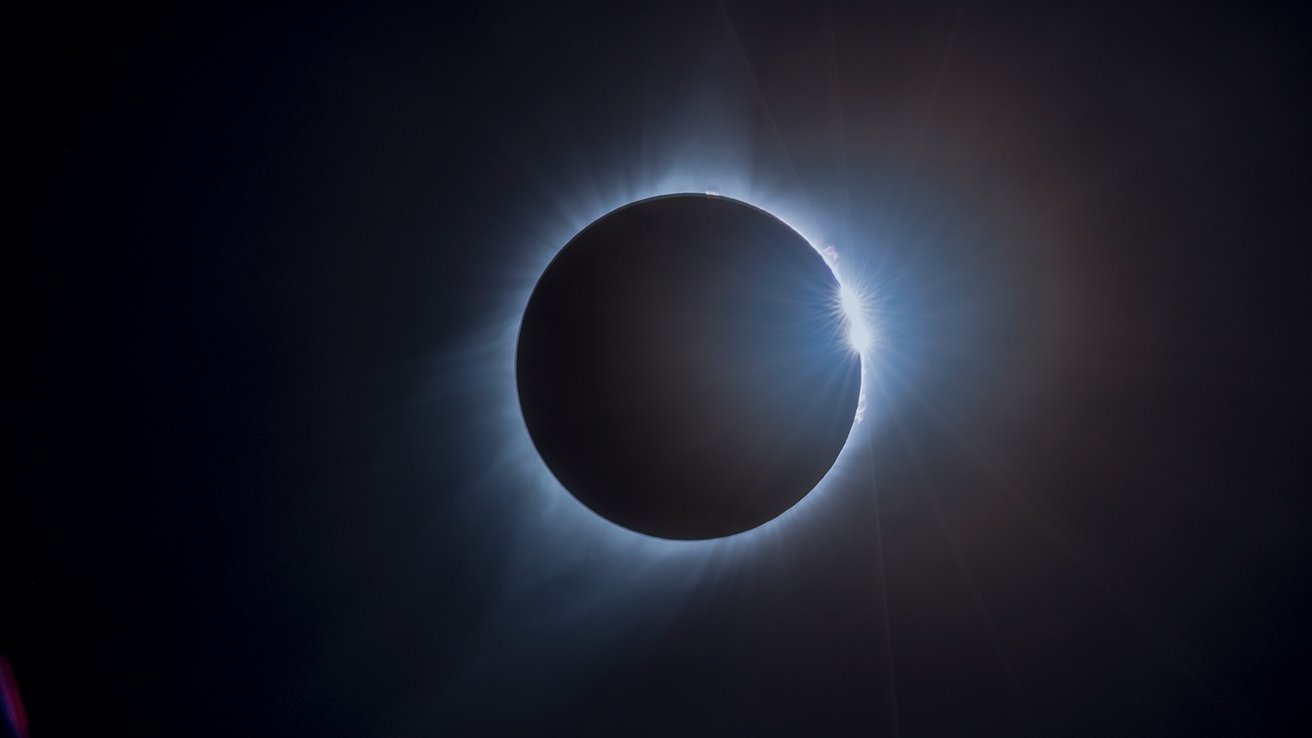
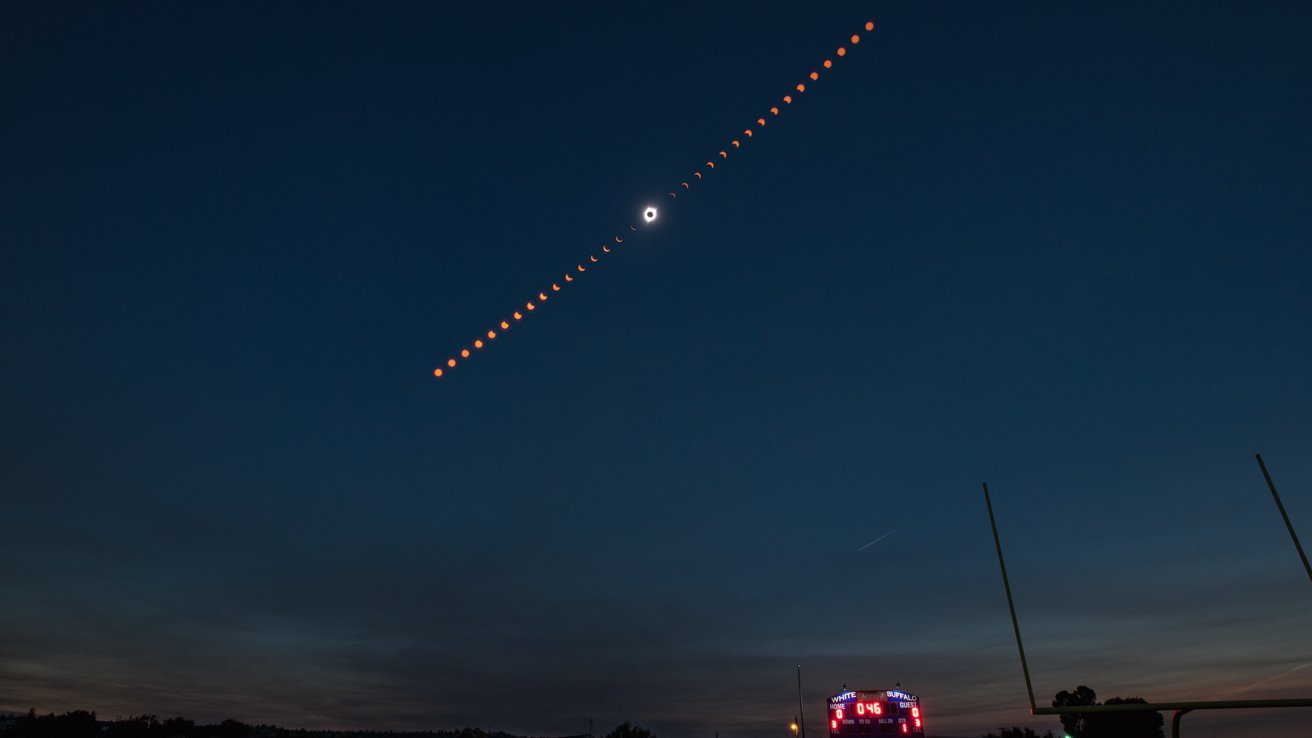
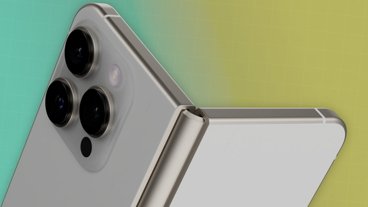
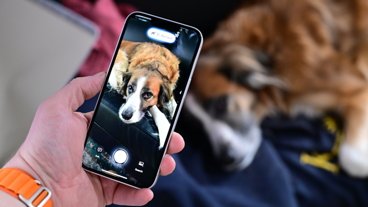

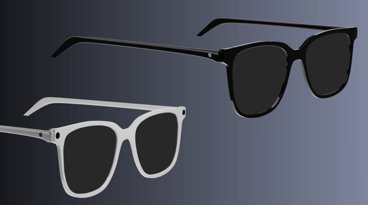
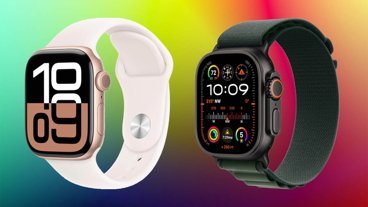

-m.jpg)






 William Gallagher
William Gallagher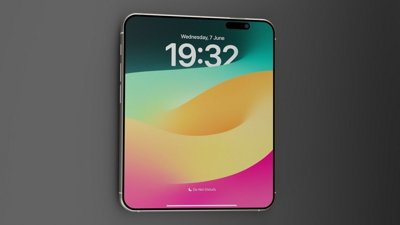
 Malcolm Owen
Malcolm Owen
 Bon Adamson
Bon Adamson
 Marko Zivkovic
Marko Zivkovic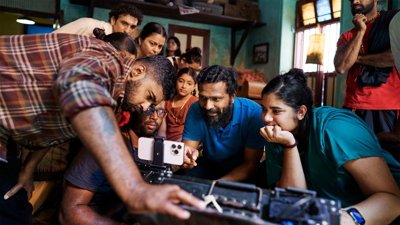
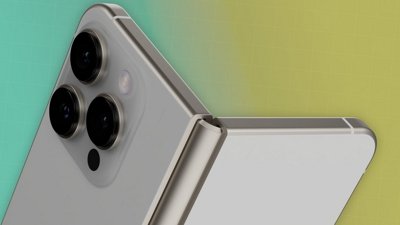
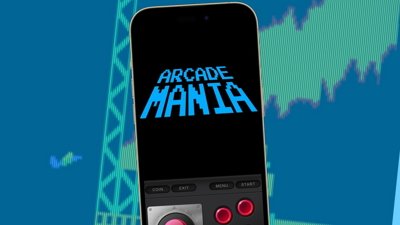
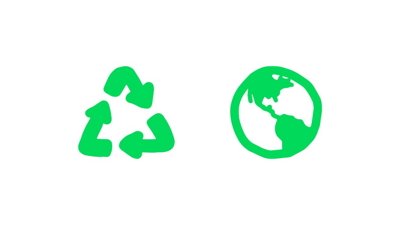

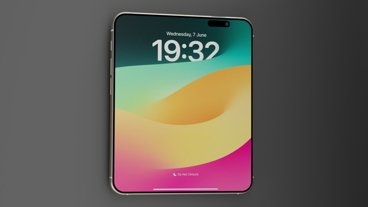
-m.jpg)






4 Comments
Great tips and advice, especially about the shadows!
Pro Tip: Just enjoy the live eclipse experience. You get 3.5 minutes of totality and that’s it. Don’t waste it messing around with an iPhone camera. Any photo you take with non-dedicated equipment isn’t going to look very good. There will be hundreds of high quality professional photos on the internet to look at later.
The phrase ‘